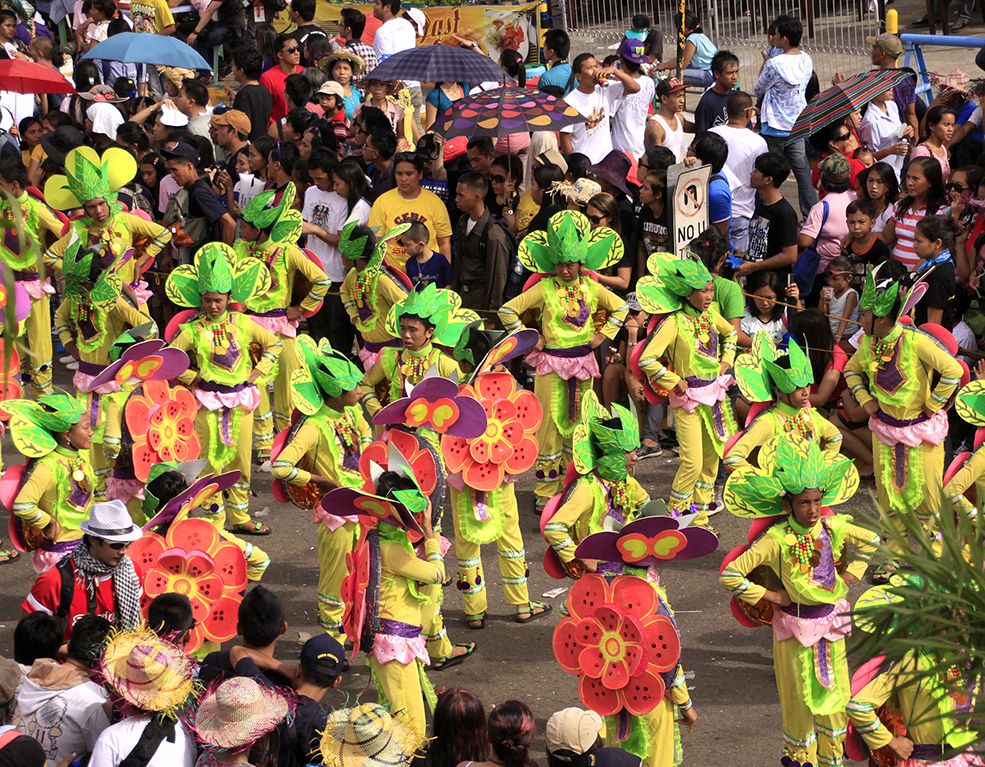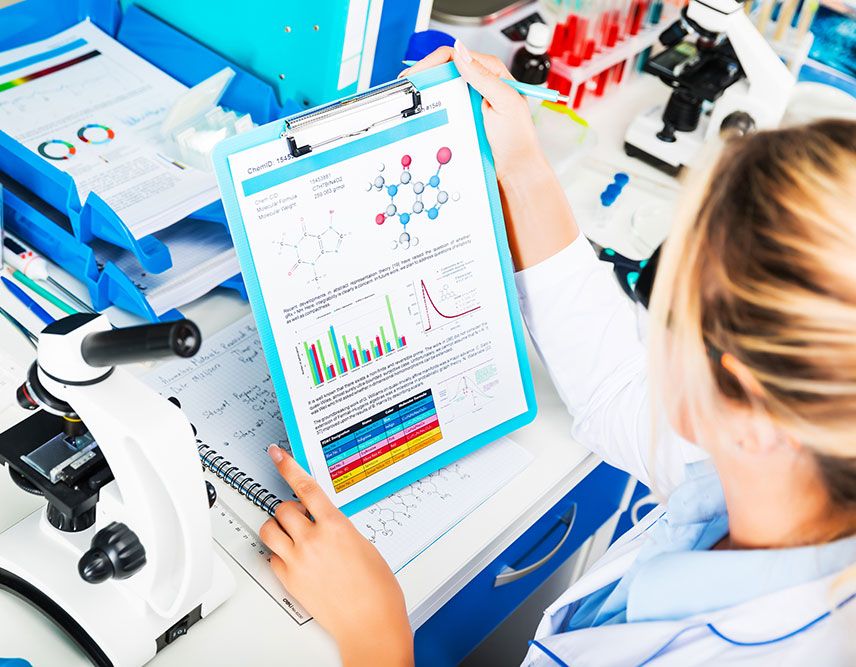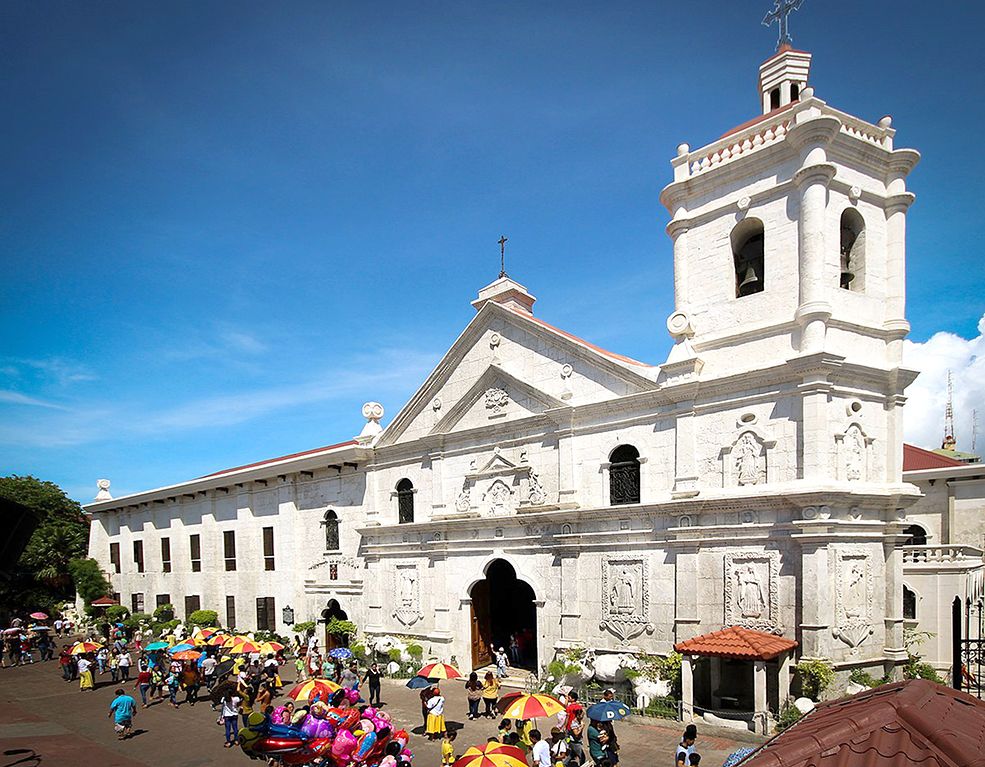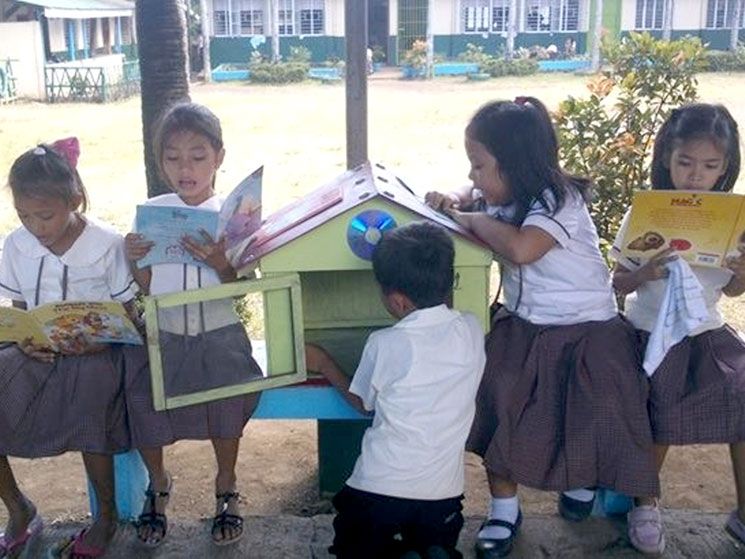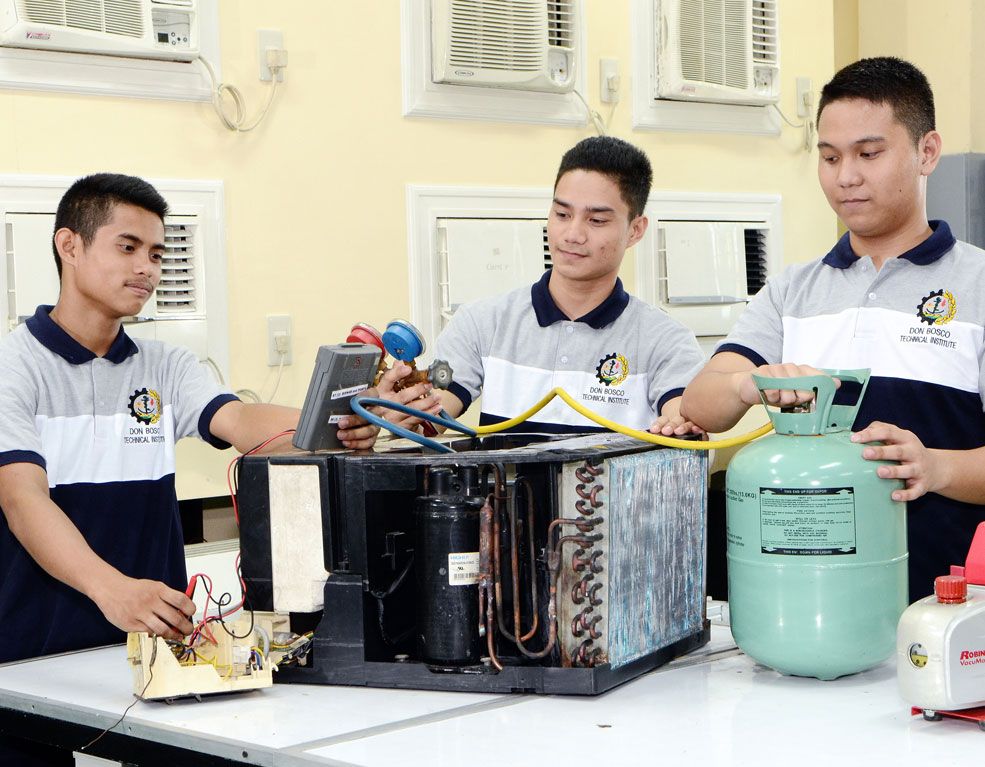By means of water,” says the Koran, “we give life to everything.” But the life-giving fresh water is soon to vanish. “Water, water everywhere,” wrote Samuel Taylor Coleridge in The Rime of the Ancient Mariner, “but not a drop to drink.” Today, the world is at a critical crossroads over water. Water supplies and water-dependent resources are declining as the world’s population increases. Demands for water in many areas exceed supplies.
“There is no more water on earth now than there was 2,000 years ago,” notes the US National Wildlife Federation, which has been working for years to protect water resources not only in the United States but throughout the world as well. “This limited supply of freshwater must meet the needs of a human population that has tripled in the last century and continues to grow at almost 80 million people per year.”
The Philippines is a case in point. Demographers claim that with an annual population rate of 2% to 2.3%, the country would be facing a water shortage by 2025. In 2007, the country was home to 87.9 million Filipinos. By 2015, the population is seen to reach around 101 million, according to a World Bank report. The water demands – and shortages – of many cities throughout the country are expanding. In a study done by the Japan International Cooperation Agency, nine major cities are listed as “water-critical areas.” These include Metro Manila, Metro Cebu, Davao, Baguio, Angeles, Bacolod, Iloilo, Cagayan de Oro and Zamboanga.
“The rapid urbanization of the Philippines, with more than 2 million being added to the urban population annually, is having a major impact on water resources,” notes Asian Development Bank in its Asian Water Development Outlook 2007. In Metro Manila, for instance, residents often complain of lack of water during the summer months. In some parts of the metropolis, the water supply situation reaches such a vulnerable state that the little amount of water some residents get is not enough even for vital purposes like cooking and drinking.
The most precious asset
Sandra Postel, director of the Massachusetts-based Global Water Policy Project, believes the water crisis will be, right along with climate change, a future threat. More so because higher global temperatures will worsen the current water problems. “Although the two are related, water has no substitutes. We can transition away from coal and oil to solar, wind and other renewable energy sources. But there is no transitioning away from water to something else,” said the head of the group that seeks to save fresh water.
Only 2.5% of the water that covers over 70% of the earth’s surface is considered fresh water. “Water is everywhere,” said an official of the United Nations Educational, Scientific and Cultural Organization. “In our bodies, in the air we breathe, in the food we eat and in the countryside around us. It’s part of our history and our religions.”
“Water is the most precious asset on Earth,” asserts Postel in The Last Oasis. “It is the basis of life.” Next to air, water is the element most necessary for survival. A normal adult is 60 to 70% water. A person can live without food for almost two months, but without water only for a few days.
A household of five needs at least 120 liters per day to meet basic needs – for drinking, food preparation, cooking and cleaning up, washing and personal hygiene, laundry, house cleaning, according to the Washington-based Worldwatch Institute, a global environmental group.
A person needs at least 24 liters of water daily or one liter per hour. Even when he breathes, he still needs water. “Our lungs must be moist to take in oxygen and excrete carbon dioxide,” wrote Leroy Perry in a Reader’s Digest article. “It is possible to lose half a liter of liquid each day just by exhaling.”
No life without water
“That the planet’s freshwater is consumed profligately is beyond doubt, particularly in agriculture, which accounts for 70% of all water use. Getting more out of each drop of water is imperative, for as the world’s population increases, the demand for food soars,” wrote Fen Montaigne in a report written for the National Geographic.
“The link between water and food is strong,” admits Lester Brown, president of the Washington-based Earth Policy Institute. “We drink, in one form or another, nearly 4 liters of water per day. But the food we consume each day requires at least 2,000 liters to produce, 500 times as much.”
Paradoxically, water shortage spawns a Jekyll-and-Hyde phenomenon: from life giver, water turns into a pernicious killer. “Unlike the energy crisis, the water crisis is life threatening,” commented Dr. Klaus Toepfer when he was still the executive director of the Nairobi-based United Nations Environment Program.
The level of suffering and misery represented by the statistics is almost beyond comprehension. “As many as 76 million people – mainly children – will die from preventable, water-related diseases by 2020 even if current United Nations goals are reached,” said Dr. Peter H. Gleick, director of the Pacific Institute for Studies in Development, Environment and Security.
The UN has set a goal for cutting in half the number of people who can’t reach or afford safe drinking water by 2015. “It is a grave moral shortcoming that 1.2 billion people cannot drink water without courting disease or death,” points out The Last Oasis.
Saving millions of children
Providing clean water can save most of the 1.8 million children who die yearly from diarrhea, the study claims. Installing a flush toilet in the home increases a child’s chances by 59%, of celebrating his or her next birthday. In the Philippines, out of every 1,000 kids, 27 never make it to their first birthday. In industrialized countries like Sweden or Japan, water-borne disease is a subject for history books. But in the Philippines, it involves hospital wards and morgues. “All of these diseases are associated with our failure to provide clean water,” deplored Dr. Gleick.
Today’s “crisis in water and sanitation is – above all – a crisis of the poor,” claims Beyond Scarcity: Power, Poverty and the Water Crisis, published by the UN Development Program. “People living in the slums of Jakarta, Manila, Mumbai and Nairobi face shortages of clean water,” it says. “(But) their neighbors in high-income suburbs… keep their lawns green and swimming pools filled to the brim. (The poor) pay five to ten times more for water per unit than those in high-income areas of their own cities.”
Patchy research indicates that the poorest “spend more than 10% of their household income on water.” In 24 provinces of the Philippines, one of every five residents quaffs water from dubious sources, according to the Philippine Human Development Report. “As water is an absolutely vital resource, at the center of life itself, it is a key integrating factor in the environment. Without sustainable water management to ensure that there are sufficient supplies of clean, safe water, the health of ecosystems and those who depend on them, especially people, suffer,” said Dr. Toepfer.
“Whiskey’s for drinkin’,” Mark Twain once wrote. “But water is for fightin’ over.” Sir Crispin Tickell, one of the organizers of the 1992 Earth Summit in Rio de Janeiro, agreed. “The world has got a very big water problem,” the former British ambassador to the United Nations said. “It will be the progenitor of more wars than oil.”


